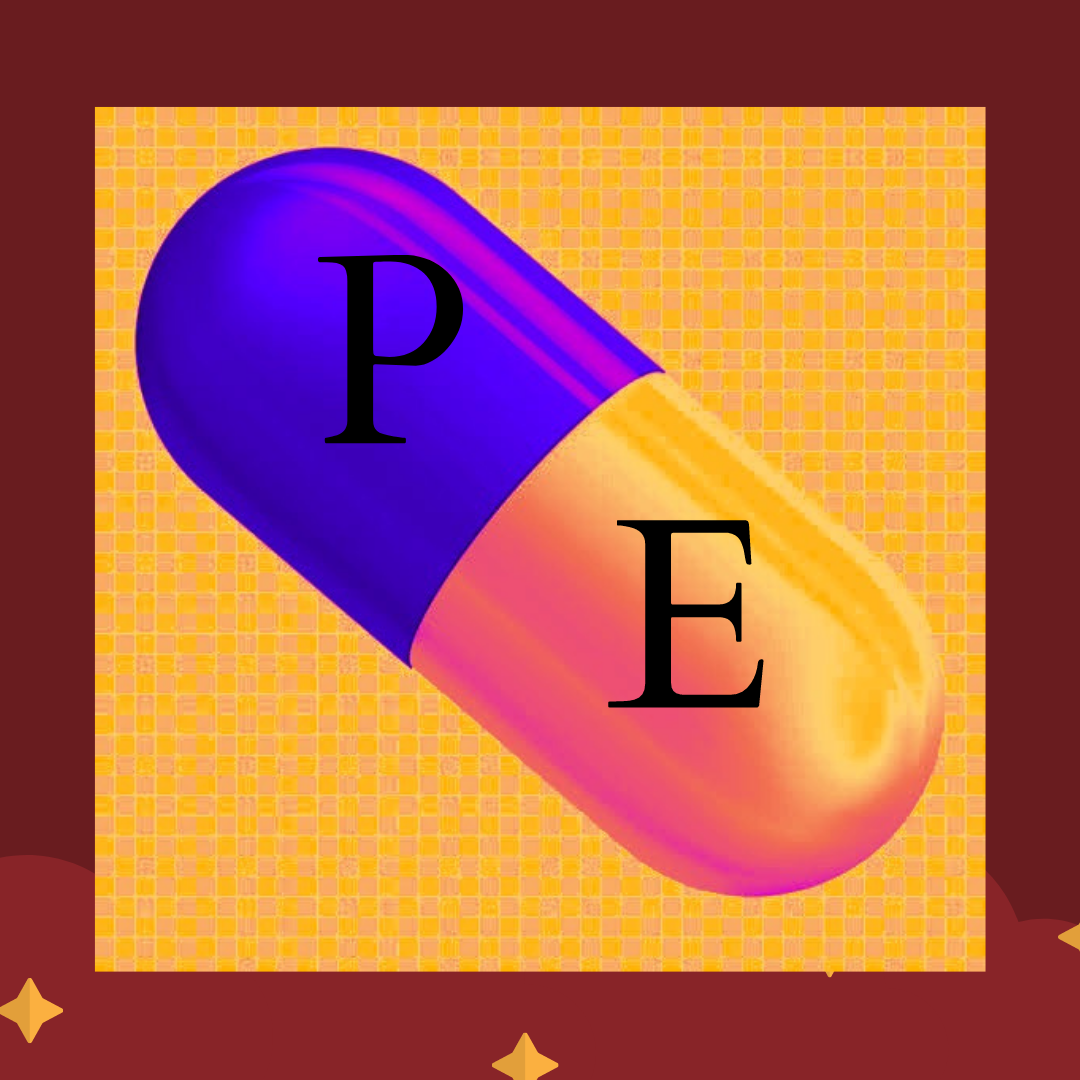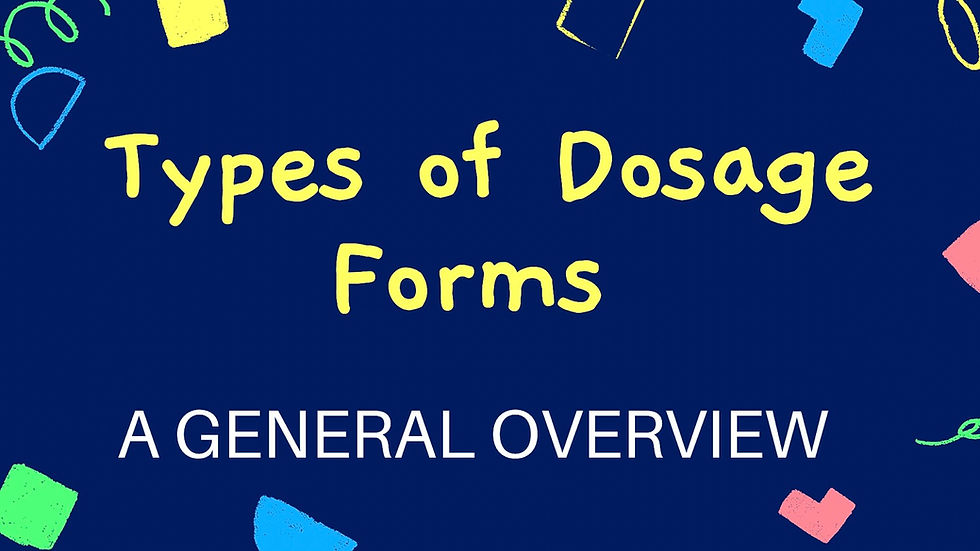A general Overview Process Validation
- Pharma Explorer

- Nov 7, 2021
- 7 min read
Process validation can be defined as the collection and evaluation of data, from the process design stage throughout production process, which establishes scientific evidence that a process is capable of consistently delivering quality products.
Process validation is a prerequisite for current Good Manufacturing Practices (GMPs) for finished pharmaceuticals and for the GMP regulations to medical devices so it applies to all the products manufactured as finished products and medical devices.
Process validation includes a sequence of actions taking place over the lifecycle of the product and process.
The USFDA has projected guidelines with the followingcited classification for process validation: – “PROCESS VALIDATION” is beginning document which provideevidence for a high degree of assertion that a particularprocess will reliably produces a product meeting its presetstipulations and quality features.
The Process validation activities are termed in three stages.
Stage 1 – Process Design: The viable development of product is defined during this stage built on informationgained through development and scale-up events.
Stage 2 – Process Qualification: Through this stage, the process design is established as existence accomplished of reproducible applied industrial manufacturing.
Stage 3 – Continued Process Verification: Continuingassertion is added during repetitive production that the process relics in a formal of control.
Types Of Process Validation
The regulations on general ethics of process validation references four kinds of validation:
A) Prospective validation (or premarket validation)
B) Retrospective validation
C) Concurrent validation
D) Revalidation
A) Prospective validation
Starting documented evidence prior to process executionthat a arrangement does what it projected to do based on preplanned protocols. This approach for validation is usually accepted when the process for a fresh formula (or within a new facility) must be validated already routine pharmaceutical manufacture. In fact, validation of a process by this approach frequently leads to allocation of the production process from the development function to manufacturing.
B) Retrospective validation
Retrospective validation is used for services, methods, and process panels in process use that is not experienced a properly documented validation process for product. Validation of these services, methods, and process controls is probable using past data to deliver the required writtenproof that the process is intended for what it is supposedfor. So, this type of validation is only suitable for firmprocedures and will be unsuitable where there are latestvariations in the arrangement of product, working methods, or equipment. This method is hardly used today because it’s very improbable that any existing product is not having exposedto the Prospective validation. It is implemented merely for the review of a validated process.
C) Concurrent validation
Concurrent validation is implemented for setting predictableproof for facility and procedures for what they import to do, depending upon the evidence made throughout realaccusation of the process. This method includes monitoring of critical processing phases and intermediate/finishproduct analysis of current production, to explain the manufacturing process is in a formal state of control.
D) Revalidation
Revalidation is reciting the original validation effort or any part of it, and contains analytical/In process assessment of current performance data. This method is needed to upholdthe validated status of the plant, equipment, manufacturing processes and computer systems. Potential motives for imitating the revalidation process include:
• The relocation of a product from one site to another.
• Modifications to the product, the plant, the industrialprocess, the cleaning process, or may other variationsthat might affect product quality.
• The need of periodic examination of the validation results.
• Major (usually order of scale) upsurge or reduction in batch size.
• Consecutive batches that fail to meet product and process conditions.
• The possibility of revalidation procedures depend on the degree of the variations and the consequence to the
product.
This guidance summaries the overall philosophies and methods that FDA deliberates suitable fundamentals forprocess validation to manufacture of human, animal drug orbiological products, containing active pharmaceutical ingredients (APIs or drug substances), mutually stated to in this guidance as drugs or products. This guidance containsphilosophies and methods that all manufacturers opt to validate manufacturing processes.
This guidance inline process validation events to a product lifecycle concept and with prevailing FDA guidance, counting with FDA/International Conference on Harmonisation (ICH) guidances for industry, Q8(R2) Pharmaceutical Development, Q9 Quality Risk Management, and Q10 Pharmaceutical Quality System.2 While this guidance does not recap the concepts and principles explained in those guidances, FDA inspires the use of modern pharmaceutical development ideas, quality risk management, and quality systems at all stages of the manufacturing development lifecycle.
1) This guidance is set by the Separation of Manufacturing and Product Quality, Center for Drug Evaluation and Research (CDER), with cooperation with CDER’s Office of Pharmaceutical Sciences, Center for Veterinary Medicine (CVM) ,Office of Regulatory Affairs (ORA) Center for Biologics Evaluation and Research (CBER), at the Food and Drug Administration.
The Federal Register of May 11, 1987 (52 FR 17638), FDA delivered a announcement for the accessibility of a guidance titled “Guideline on General Principles of Process Validation” (in 1987).
Then, we have achieved further knowledge by our regulatory lapse that permits to inform our references to manufacturing on this topic. This revised guidance bearsFDA’s present rational for process validation and reliablewith simple values first familiarized in 1987 guidance. The revised guidance delivers references that reveal some of the goals of FDA’s advantage permitted “Pharmaceutical CGMPs for the 21st Century ― A Risk-Based Approach,” mainly regarding the use of technicaldevelopments in pharmaceutical manufacturing, as well as application of current risk management and quality system tools and ideas. This reviewed guidance replaces 1987 guidance.
FDA having right and accountability for inspecting and evaluating the process validation accomplished by manufacturers. The CGMP guidelines for validation ofpharmaceutical manufacturing need the drug products manufactured with a high guarantee of meeting quality attributes they planned to retain it in their guidance document reference (21 CFR 211.100(a) and 211.110(a)).
A. Process Validation and Product Quality
Actual process validation adds meaningfully for assuring product quality. The simple principle for quality assurance is product must be manufactured which is fit for its intended use. This principle includes the knowledge w.r.t. following conditions exist:
• Quality, efficacy and safety which must be intended or designed in the product.
• Quality never be satisfactorily assured simply by in-process and finished-product checks or by testing
Every step of a manufacturing process should bemeasured, assure and evaluated for the finished product which definitely encounters all quality attributes including specifications.
B. Approach’s for Process Validation strategy
Aimed at commitments to this guidance, process validation can be defined as “collection and evaluation of all the data, from process design stage through ought the commercial production, which establishes scientific evidence that process is capable of consistently delivering quality product. Process validation includes a numerous sequence of activities imitating the lifecycle of the product and process. This guidance defines process validation events in three stages.
Stage 1 – Process Design: The commercial productiondevelopment should be clear during this stage based on
information gained over scale-up activities and development.
Stage 2 – Process Qualification: In this stage, the development strategy is assessed for determination, is the
process adept for reproducible commercial production.
Stage 3 – Continued Process Verification: In this Stage Continued assurance is evaluated by repetitive
production so that the process remains in a state of control.
This guidance defines actions of each stage, but in preparation some activities might occur in numerousstages.
Earlier any batch from the process is commercially circulated for use of consumers; a manufacturer should gained a high grade of assurance in the performance of the product manufacturing process. The assurance should be gained from independent information and data from laboratory-, pilot or commercial-scale studies. Evidenceand data should prove that the commercial productmanufacturing process is accomplished of reliablyproducing satisfactory quality products within commercial manufacturing facility.
Effective validation program elaborated by the evidenceand knowledge from the product and process development.This information and understanding is basis for establishing an approach to control of the manufacturing process that reflects in products with the anticipated quality attributes. Manufacturers must:
Recognize the bases of variation
Notice presence and grade of variation
Recognize influence of variation in process and finally onthe product attributes
Optimize variation in a way to commensurate the risk it signifies to process and product
Every manufacturer must optimize whether knowledgegained is having sufficient understanding to deliver a high grade of assurance in manufacturing process for qualifyingcommercial distribution of the product.
Describing FDA’s regulations in current good manufacturing practice (CGMP) in finished pharmaceuticals were reflectingin 21 CFR parts 210 and 211.
The CGMP guidelines needs manufacturing processes must be designed and controlled to assure that startingmaterials and the finished product encounterpredetermined quality necessities consistently and reliably. Process validation is compulsory, in both overall specific terms. The cGMP regulations as provided in parts 210 and 211. The basis for process validation is given in § 211.100(a), which shapes that written procedures for production and process control and designed to assure that the products have the quality, identity, strength and purity they represented to own”. This guideline needsmanufacturers to design a process, including processesand controls, which marks in a product meeting all these attributes.
POINTS TO BE REMEMBERED:
➢ The US-FDA regulation states - the number of batches necessity be sufficient enough for providing statistical assurance of the process. As it is understated, but important distinction in the approaches.
➢ The use of different lots for raw materials must included. i.e. active drug substance and main excipients.
Batches must be run in series and on different days and shifts.
➢ Batches must be manufactured in equipment and facilities elected for final commercial production.
➢ Critical process variables must fixed within their working ranges and should not exceed their higher and lower limits throughout their manufacturing process.
➢ If failure as per requirements of the Validation protocol with the respective process input and output control should be exposed in process requalification.
➢ Sampling should be 1x to 3x of the dosage unit range. According to USFDA guidance, sample size may be increased from 1x to 10x with satisfactory justification.
➢ For evaluating consequence of vibrations at compressionstage on blend uniformity, hopper study must be supported.
➢ ACTION PLAN INFAILURES OF PROCESS VALIDATION:
If any test during process validation fails it be shall investigated for determination of the case of failure. If the case of failure is not clear, an investigation technique for assurance that the probable parts of potential failure are covered. On Identifying the process validation failure, the failure is classified in following categories.
Type I Failure: In this case the failure is recognized to an incidence which is not intrinsic to the process for example- an equipment failure during process validation. Then the validation is completed by replacing additional batch in lieuof that failed batch. In such case investigation and the consequent action must be comprised in the validation report.
Type II Failure: In this case process validation failure investigation is inconclusive. The validation exercise is considered as failed. The validation team decides and explains the way of action to be fulfill in accordance forrecording its justification and recommendations.

Thanks for reading and keep supporting,
If you find this article
valuable please share and subscribe and also visit on 👉 Pharmaexplore.info








Comments